Kenneth R Welch
age ~83
from Gorman, TX
- Also known as:
-
- Kenneth P Welch
- Kenny Welch
- Ken R Welch
- Kenny Wlech
- Phone and address:
-
814 N Kent St, Gorman, TX 76454
2547344444
Kenneth Welch Phones & Addresses
- 814 N Kent St, Gorman, TX 76454 • 2547344444
- Montgomery, TX
- Strawn, TX
- Stephenville, TX
- 3520 Quapah Ave, Oklahoma City, OK 73119
- 3604 Quapah Ave, Oklahoma City, OK 73119
- Newbury, VT
- Eastland, TX
- Sasakwa, OK
- 3616 SE 15Th St, Del City, OK 73115 • 4056722102
Work
-
Position:Professional Specialty Occupations
Education
-
Degree:Associate degree or higher
Medicine Doctors

Kenneth J. Welch
view sourceSpecialties:
Emergency Medicine
Work:
MBMC Emergency Department
1225 N State St, Jackson, MS 39202
6019681700 (phone), 6019681707 (fax)
1225 N State St, Jackson, MS 39202
6019681700 (phone), 6019681707 (fax)
Languages:
English
Description:
Dr. Welch works in Jackson, MS and specializes in Emergency Medicine.
Us Patents
-
Buoyancy Pump Power System
view source -
US Patent:20060233613, Oct 19, 2006
-
Filed:Dec 16, 2005
-
Appl. No.:11/303772
-
Inventors:Kenneth Welch - Willis TX, US
Curtis Rothi - Anoka MN, US
Harold Rothi - Otsego MN, US -
International Classification:E02B 9/08
-
US Classification:405076000
-
Abstract:A system for generating electricity includes a pump operable to convert wave motion from a body of water into mechanical energy. The pump includes an input port through which an operating fluid can enter the pump and an output port through which the operating fluid can exit the pump. A first outlet line and a second outlet line are fluidly coupled to the output port of the pump. A first reservoir is fluidly connected to the first outlet line, and a second reservoir is fluidly connected to the second outlet line, both reservoirs being selectively capable of receiving operating fluid driven through the output port.
-
Buoyancy Pump Power System
view source -
US Patent:20060242954, Nov 2, 2006
-
Filed:Dec 16, 2005
-
Appl. No.:11/305761
-
Inventors:Kenneth Welch - Willis TX, US
-
International Classification:F16D 31/02
-
US Classification:060398000
-
Abstract:A system for generating electricity includes a buoyancy pump operable to convert wave motion from a body of water into mechanical energy. The buoyancy pump includes a buoyancy block that reciprocally moves in response to wave motion to pump an operating fluid that is delivered to a turbine to produce electricity. The buoyancy block is preferably sized such that a diameter of the buoyancy block is no less than about one-sixth a wavelength and no greater than about one wavelength of an average wave for a region in which the buoyancy pump is operated.
-
Buoyancy Pump Power System
view source -
US Patent:20080001410, Jan 3, 2008
-
Filed:Aug 9, 2007
-
Appl. No.:11/891269
-
Inventors:Kenneth Welch - Willis TX, US
-
International Classification:F03B 13/22
-
US Classification:290053000
-
Abstract:A system for generating electricity includes a buoyancy pump operable to convert wave motion from a body of water into mechanical energy. The buoyancy pump includes a buoyancy block that reciprocally moves in response to wave motion to pump an operating fluid that is delivered to a turbine to produce electricity. The buoyancy block is preferably sized such that a diameter of the buoyancy block is no less than about one-sixth a wavelength and no greater than about one wavelength of an average wave for a region in which the buoyancy pump is operated.
-
Buoyancy Pump Device
view source -
US Patent:20080101963, May 1, 2008
-
Filed:Aug 9, 2007
-
Appl. No.:11/891256
-
Inventors:Kenneth Welch - Willis TX, US
Curtis Rothi - Anoka MN, US
Harold Rothi - Elk River MN, US -
International Classification:F04B 53/00
-
US Classification:417061000
-
Abstract:A buoyancy pump device for use in fluid. The buoyancy pump device includes a buoyancy block housing defining a buoyancy chamber therein through which the fluid may flow. A buoyancy block is disposed within the buoyancy chamber to move axially therein in a first direction responsive to rising of the fluid in the buoyancy chamber and a second direction responsive to lowering of the fluid in the buoyancy chamber. A piston cylinder is connected to the buoyancy block housing and has at least one valve disposed therein operating as an inlet in response to movement of the buoyancy block in the second direction and an outlet in response to movement of the buoyancy block in the first direction. A piston is slideably disposed within the piston cylinder and connected to the buoyancy block, the piston being moveable in the first and second directions and responsive to movement of the buoyancy block in the second direction to draw a gas or liquid substance into the piston cylinder through the at least one valve, and responsive to movement of the buoyancy block in the first direction to output the gas or liquid substance through the at least one valve.
-
Buoyancy Pump Power System
view source -
US Patent:20080265581, Oct 30, 2008
-
Filed:Jan 29, 2008
-
Appl. No.:12/011708
-
Inventors:Kenneth W. Welch - Willis TX, US
Harold L. Rothi - Otsego MN, US -
International Classification:F03B 13/14
-
US Classification:290 53, 60495
-
Abstract:A system for generating electricity includes a pump operable to convert wave motion from a body of water into mechanical energy. The pump includes an input port through which an operating fluid can enter the pump and an output port through which the operating fluid can exit the pump. A first outlet line and a second outlet line are fluidly coupled to the output port of the pump. A first reservoir is fluidly connected to the first outlet line, and a second reservoir is fluidly connected to the second outlet line, both reservoirs being selectively capable of receiving operating fluid driven through the output port.
Name / Title
Company / Classification
Phones & Addresses
President
Resort Attractions
Entertainment · Operative Builders
Entertainment · Operative Builders
7041 Kingston Cv Ln #252, Willis, TX 77318
7041 Kingston Cv Ln, Conroe, TX 77318
9368563010
7041 Kingston Cv Ln, Conroe, TX 77318
9368563010
President , Director
SEVEN COVES RESORT CONDOMINIUM ASSOCIATION, INC
7041 Kingston Cv Ln, Willis, TX 77318
7041 Kingston Cv Ln, Conroe, TX 77318
7041 Kingston Cv Ln, Conroe, TX 77318
Director
Seven Coves Resort
Hotel/Motel Operation
Hotel/Motel Operation
7041 Kingston Cv Ln, Conroe, TX 77318
7041 Kingston Cv Ln, Willis, TX 77318
9368565162, 9368561226
7041 Kingston Cv Ln, Willis, TX 77318
9368565162, 9368561226
Chairman, Director
GLOBAL OCEANIC DESIGNS, INC
1503 Hailey St, Conroe, TX 77301
Blackjack Water Supply Corporation
OPERATION LEARNING COMMUNITY PROGRAM, INC
KENNETH R. WELCH, ATTORNEY AT LAW, LLC
Incorporator
WHITE HALL AUTO SALES, INCORPORATED
License Records
Kenneth James Welch Md
License #:
27269 - Expired
Category:
Medicine
Issued Date:
Mar 22, 2013
Effective Date:
Oct 3, 2016
Expiration Date:
Oct 1, 2016
Type:
Physician
Isbn (Books And Publications)



Time Measurement: An Introductory History
view sourceAuthor
Kenneth Frederick Welch
ISBN #
0715354817

Lawyers & Attorneys

Kenneth Welch - Lawyer
view sourceISLN:
902860535
Admitted:
1980
University:
University of Michigan, B.Arch., 1966
Law School:
Western State University, J.D., 1979
News

Bat's Super-Long Tongue Powered by Blood (With Video)
view source- Kenneth Welch, who studies vertebrate physiology at the University of Toronto Scarborough, said that the finding reminded him of another recent study showing how hummingbird tongues may function as fluid traps to capture nectar in the curled ends of the tongue.
- Date: May 06, 2013
- Category: Sci/Tech
- Source: Google

Kenneth Welch
view source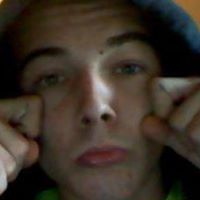
Kenneth Welch
view source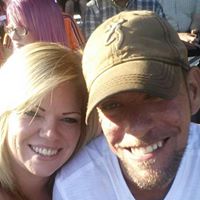
Kenneth Welch
view source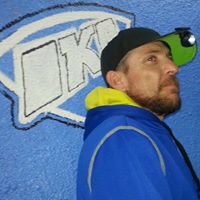
Kenneth Welch
view source
Kenneth Welch
view source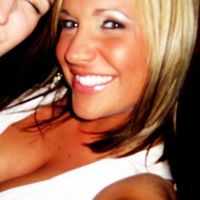
Kenneth Welch
view source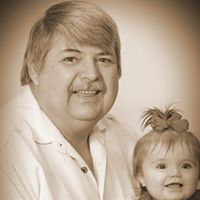
Kenneth Ray Welch
view source
Kenneth Welch
view sourceYoutube
Classmates

Kenneth Welch
view sourceSchools:
Georgia Cumberland Academy Calhoun GA 1974-1979
Community:
Karen Fife, Gidget Moore

Kenneth Welch
view sourceSchools:
Buena Vista High School Saginaw MI 1961-1965
Community:
Kelly Findlay

Kenneth Welch
view sourceSchools:
Burlington County Institute of Technology Burlington NJ 2002-2006
Community:
Carl Gilbert, Jennifer Bertothy

Kenneth Welch
view sourceSchools:
Whiteface High School Whiteface TX 1954-1958
Community:
Bobby Stegall, Eunice Campbell

Kenneth Welch
view sourceSchools:
Hackberry High School Hackberry LA 1960-1972
Community:
Donna Bruner

Kenneth Dorrell (Welch)
view sourceSchools:
Olanta High School Olanta SC 1971-1972
Community:
Bernie Same, Deborah Parks, Ric Player, Debbie Steadman

Kenneth Welch
view sourceSchools:
Jefferson Union High School Richmond OH 1965-1969
Community:
Betty Bickerstaff, Sharen Ehlenbach, Naomi Wine
Plaxo

Welch, Kenneth W (GE Infr...
view sourceMatthews, NC

Kenneth Welch
view sourceSan Francisco Bay Area
Flickr
Googleplus

Kenneth Welch
Work:
P. Kilting A/S - Konsulent (2008)

Kenneth Welch
Work:
US Army - Combat Engineer

Kenneth Welch
Tagline:
Blah blah blah
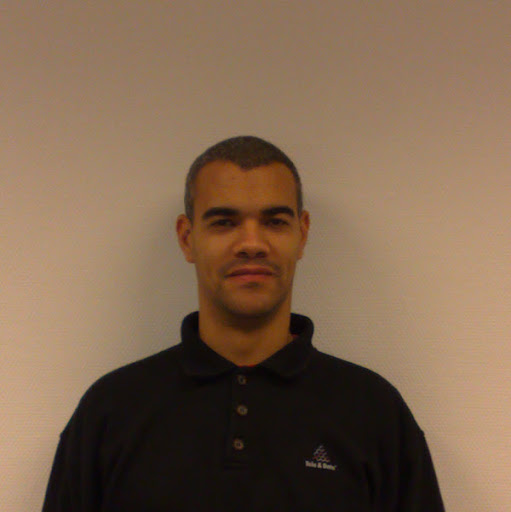
Kenneth Welch

Kenneth Welch
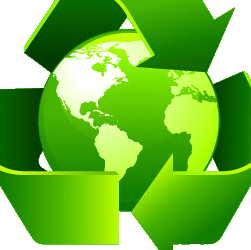
Kenneth Welch
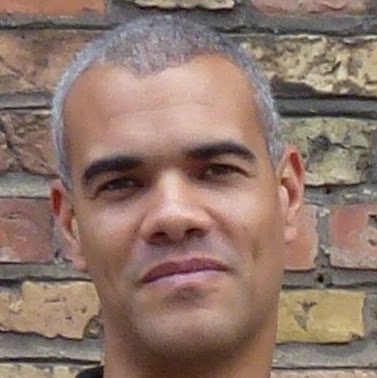
Kenneth Welch

Kenneth Welch
Get Report for Kenneth R Welch from Gorman, TX, age ~83













